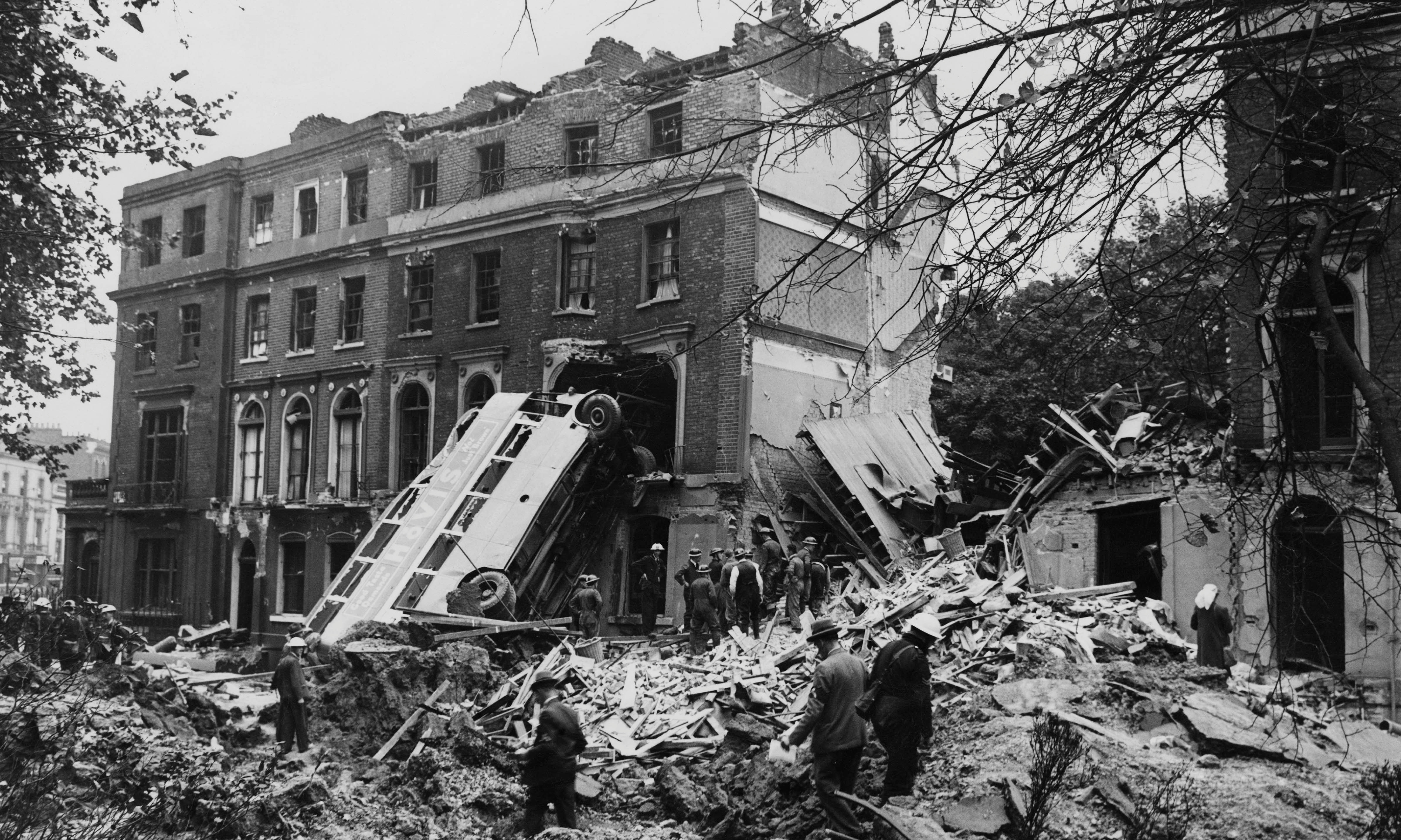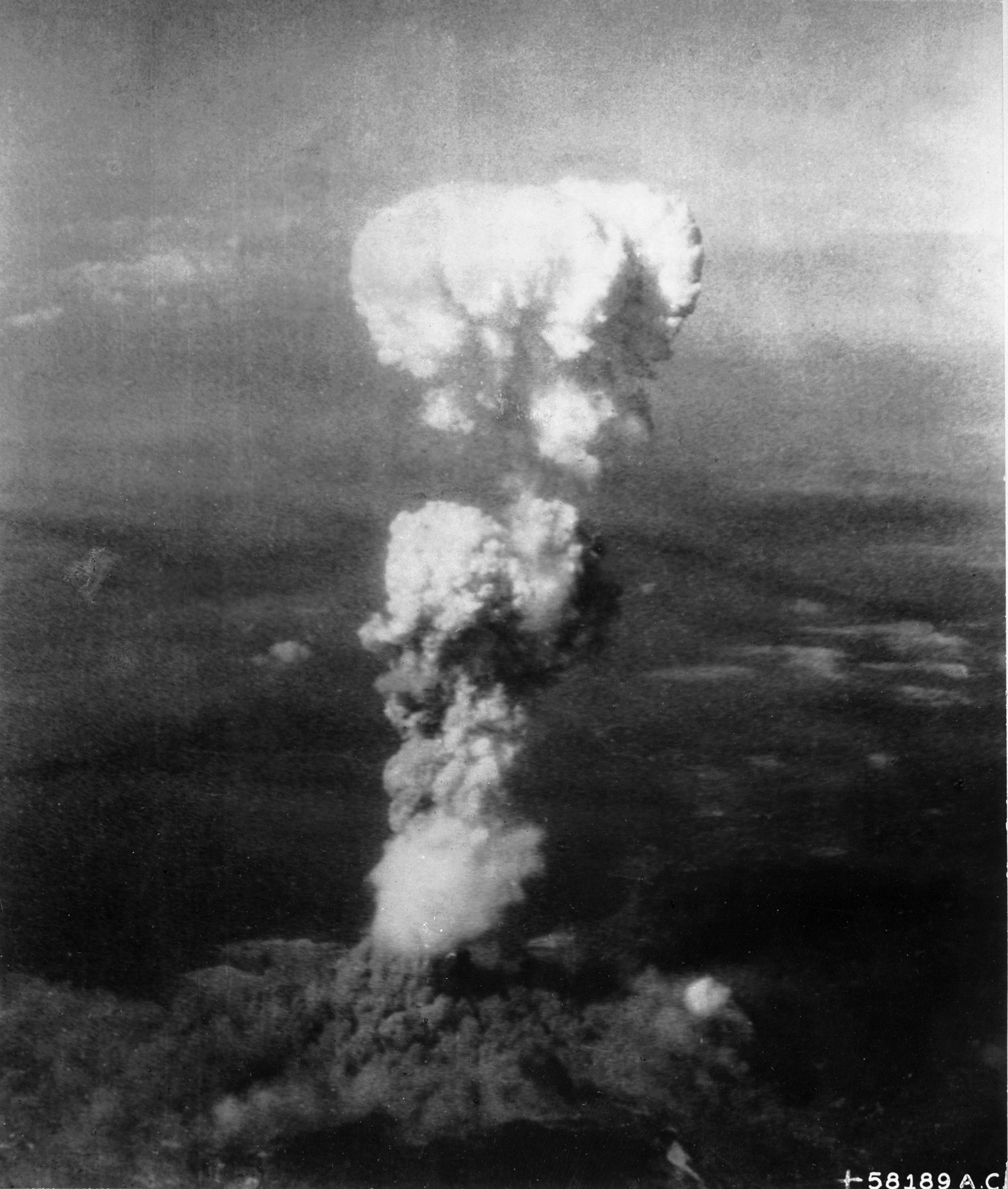|
Area Defense
Area defense is a method of positional defensive warfare described in the U.S. Army's combat manuals of the 1960s and 1970s. After 1982 the term "positional defense" replaced it. Basic provisions Area defense consisted of stubbornly holding tactically advantageous positions with careful equipping of defense lines, engineering barriers, and the fullest possible use of all available firepower of the troops. As a rule, area defense was used to cause the maximum damage to the enemy and to preserve the integrity of the defensive belt in conditions of inadequate depth of defense and in types of terrain which limited the maneuvering of forces. The use of units that were inferior in mobility to enemy troops was considered advisable for district defense, and district defense could also be used in combination with Mobile Defense techniques, especially at the operational level. American military theorists consider this method of warfare a classic. When defending an area, an American mechan ... [...More Info...] [...Related Items...] OR: [Wikipedia] [Google] [Baidu] |
Defense
Defense or defence may refer to: Tactical, martial, and political acts or groups * Defense (military), forces primarily intended for warfare * Civil defense, the organizing of civilians to deal with emergencies or enemy attacks * Defense industry, industry which manufactures and sells weapons and military technology * Self-defense, the use of force to defend oneself * Haganah (Hebrew for "The Defence"), a paramilitary organization in British Palestine * National security, security of a nation state, its citizens, economy, and institutions, as a duty of government ** Defence diplomacy, pursuit of foreign policy objectives through the peaceful employment of defence resources ** Ministry of defence or department of defense, a part of government which regulates the armed forces ** Defence minister, a cabinet position in charge of a ministry of defense * International security, measures taken by states and international organizations to ensure mutual survival and safety Sports * Defe ... [...More Info...] [...Related Items...] OR: [Wikipedia] [Google] [Baidu] |
Strongpoint
In military tactics, a strongpoint is a key point in a defensive fighting position which anchors the overall defense line. This may include redoubts, bunkers, pillboxes, trenches or fortresses, alone or in combination; the primary requirement is that it should not be easily overrun or avoided. A blocking position in good defensive terrain commanding the lines of communication, such as high ground, is preferred. Examples from history include Thermopylae, where the ancient Greeks held back a much larger Persian army, and Monte Cassino, which anchored the Winter Line in Italy in World War II World War II or the Second World War (1 September 1939 – 2 September 1945) was a World war, global conflict between two coalitions: the Allies of World War II, Allies and the Axis powers. World War II by country, Nearly all of the wo .... References Fortifications by type Engineering barrages Military history articles needing attention to supporting materials {{m ... [...More Info...] [...Related Items...] OR: [Wikipedia] [Google] [Baidu] |
Tunnel Warfare
Tunnel warfare refers to aspects of warfare relating to tunnels and other underground cavities. It includes the construction of underground facilities in order to attack or defend, and the use of existing natural caves and artificial underground facilities for military purposes. Tunnels can be used to undermine fortifications and slip into enemy territory for a surprise attack, while it can strengthen a defense by creating the possibility of ambush, counterattack and the ability to transfer troops from one portion of the battleground to another unseen and protected. Tunnels can serve as shelter from enemy attack. Since antiquity, sappers have used mining against walled cites, fortresses, castles or other strongly held and fortified military positions. Defenders have dug counter-mines to attack miners or destroy a mine threatening their fortifications. Since tunnels are commonplace in urban areas, tunnel warfare is often a feature, though usually a minor one, of urban warfare ... [...More Info...] [...Related Items...] OR: [Wikipedia] [Google] [Baidu] |
Preemptive Strikes
A preemptive war is a war that is commenced in an attempt to repel or defeat a perceived imminent offensive or invasion, or to gain a strategic advantage in an impending (allegedly unavoidable) war ''shortly before'' that attack materializes. It is a war that preemptively 'breaks the peace' before an impending attack occurs. Preemptive war is sometimes confused with preventive war: the difference is that a preventive war is launched to destroy the potential threat of the targeted party, when an attack by that party is not imminent or known to be planned. The U.S. Department of Defense defines a preventive war as an armed conflict "initiated in the belief that military conflict, while not imminent, is inevitable, and that to delay would involve greater risk." A preemptive war is launched in anticipation of immediate aggression by another party. Most contemporary scholarship equates preventive war with aggression, and therefore argues that it is illegitimate.Shue, Henry and Rho ... [...More Info...] [...Related Items...] OR: [Wikipedia] [Google] [Baidu] |
Front Line
A front line (alternatively front-line or frontline) in military terminology is the position(s) closest to the area of conflict of an Military, armed force's Military personnel, personnel and Military technology, equipment, usually referring to land forces. When a Front (military), front (an intentional or unintentional boundary) between opposing sides forms, the front line is the area where each side's forces are engaged in conflict. Leaders have often fought at the front lines either purposefully or due to a collapse in battle formation. While a calculated risk, fighting on the front has in instances reduced communication and heightened morale. The front is in direct contrast to the Rear (military), rear, which is the position furthest from conflict. All branches of the United States Armed Forces use the related technical terms, Forward Line of Own Troops (FLOT) and Forward Edge of Battle Area (FEBA). These terms are used as battlespace control, battlespace control measures tha ... [...More Info...] [...Related Items...] OR: [Wikipedia] [Google] [Baidu] |
Airstrike
An airstrike, air strike, or air raid is an offensive operation carried out by aircraft. Air strikes are delivered from aircraft such as blimps, balloons, fighter aircraft, attack aircraft, bombers, attack helicopters, and drones. The official definition includes all sorts of targets, including enemy air targets, but in popular usage the term is usually narrowed to a tactical (small-scale) attack on a ground or naval objective as opposed to a larger, more general attack such as carpet bombing. Weapons used in an airstrike can range from direct-fire aircraft-mounted cannons and machine guns, rockets and air-to-surface missiles, to various types of aerial bombs, glide bombs, cruise missiles, ballistic missiles, and even directed-energy weapons such as laser weapons. In close air support, air strikes are usually controlled by trained observers on the ground for coordination with ground troops and intelligence in a manner derived from artillery tactics. History Beginnings Th ... [...More Info...] [...Related Items...] OR: [Wikipedia] [Google] [Baidu] |
Nuclear Strike
Nuclear warfare, also known as atomic warfare, is a military conflict or prepared political strategy that deploys nuclear weaponry. Nuclear weapons are weapons of mass destruction; in contrast to conventional warfare, nuclear warfare can produce destruction in a much shorter time and can have a long-lasting radiological result. A major nuclear exchange would likely have long-term effects, primarily from the fallout released, and could also lead to secondary effects, such as "nuclear winter", nuclear famine, and societal collapse. A global thermonuclear war with Cold War-era stockpiles, or even with the current smaller stockpiles, may lead to various scenarios including human extinction. To date, the only use of nuclear weapons in armed conflict occurred in 1945 with the American atomic bombings of Hiroshima and Nagasaki. On August 6, 1945, a uranium gun-type device (code name "Little Boy") was detonated over the Japanese city of Hiroshima. Three days later, on August 9, a pl ... [...More Info...] [...Related Items...] OR: [Wikipedia] [Google] [Baidu] |
Breakthrough (military)
A breakthrough occurs when an offensive force has broken or penetrated an opponent's defensive line, and rapidly exploits the gap. Usually, large force is employed on a relatively small portion of the front to achieve this. While the line may have held for a long while prior to the breakthrough, the breakthrough happens suddenly when the pressure on the defender causes him to "snap". As the first defensive unit breaks, the adjacent units suffer adverse results from this (spreading panic, additional defensive angles, threat to supply lines). Since they were already pressured, this leads them to "snap" as well, causing a domino-like collapse of the defensive system. The defensive force thus evaporates at the breakthrough point, letting the attacker to rapidly move troops into the gap, exploiting the breakthrough in width (by attacking enemy units at the edge of the breakthrough, so widening it), in depth (advancing into enemy territory towards strategic objectives), or a combin ... [...More Info...] [...Related Items...] OR: [Wikipedia] [Google] [Baidu] |
Echelon Formation
An echelon formation () is a (usually military) formation in which its units are arranged diagonally. Each unit is stationed behind and to the right (a "right echelon"), or behind and to the left ("left echelon"), of the unit ahead. The name of the formation comes from the French word échelon, meaning a rung of a ladder, which describes the shape that this formation has when viewed from above or below. Military formation Use of the formation dates back to ancient infantry and cavalry warfare, as an alternative to column, line-abreast, or phalanx (box) formations. One of its earliest uses was at the Battle of Leuctra, when the Thebans attacked the Spartan right with a column 48 men deep while their weaker center and right were repelled. The echelon formation may have been used by Hannibal at the Battle of Cannae, Alexander the Great at the Battle of Gaugamela, Frederick II of Prussia, and the Confederate army at the Battle of Gettysburg. The tactic still persists and is r ... [...More Info...] [...Related Items...] OR: [Wikipedia] [Google] [Baidu] |
Counterattack
A counterattack is a tactic employed in response to an attack, with the term originating in "Military exercise, war games". The general objective is to negate or thwart the advantage gained by the enemy during attack, while the specific objectives typically seek to regain lost ground or destroy the attacking enemy (this may take the form of an opposing sports team or Military organization#Commands.2C formations.2C and units, military units). A counter-offensive is a broad-scale counterattack. The counter-offensive is executed after exhausting the enemy's front line, frontline troops and after the enemy Military reserve, reserves had been committed to combat and proven incapable of breaching defenses, but ''before'' the enemy has had the opportunity to assume new defensive positions. Sometimes the counter-offensive can be of a more limited operational maneuver nature, with more limited objectives rather than those seeking attainment of a Strategic goal (military), strategic goal. ... [...More Info...] [...Related Items...] OR: [Wikipedia] [Google] [Baidu] |





